10 Surprising Jobs Done by Amish Women
When most people think of Amish life, images of farming and quilting usually come to mind. But step into their communities, and you’ll find women running businesses, creating unique products, and shaping daily life in unexpected ways. Their work combines tradition with creativity and often challenges common assumptions. Here are 10 jobs that Amish women take on that may surprise you.
Crafting Prayer Coverings
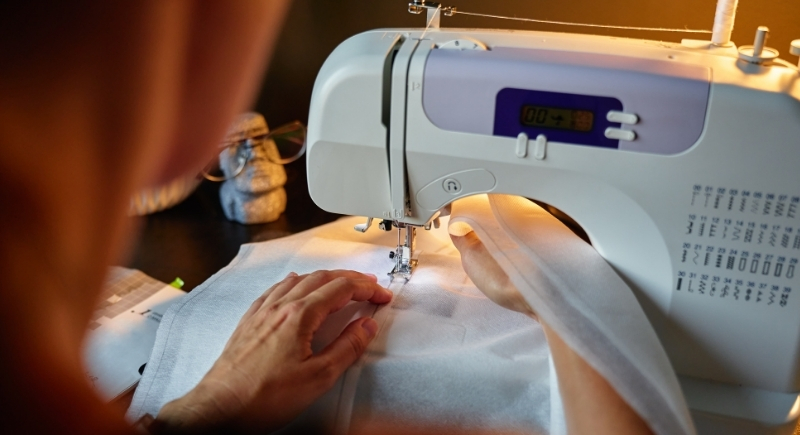
Credit: Canva
Long before sunrise, some Amish women are already sewing kapp coverings, the modest headwear worn daily by their community. What makes this job so interesting is its demand: young women sometimes line up early outside a small shop to get theirs, neatly boxed like bakery goods. These coverings, for them, are symbols of faith, made with care by women whose skill keeps a timeless tradition alive and available for everyone who needs them.
Turning Wood Into Game Boards

Credit: Canva
Evenings often end around a board game, and many of those sets come from women’s workshops. They cut, sand, and paint the wooden boards, sturdy enough to survive decades of play. Some are sold to visitors, others stay in the community, carried from one generation to the next.
Baking With a Twist
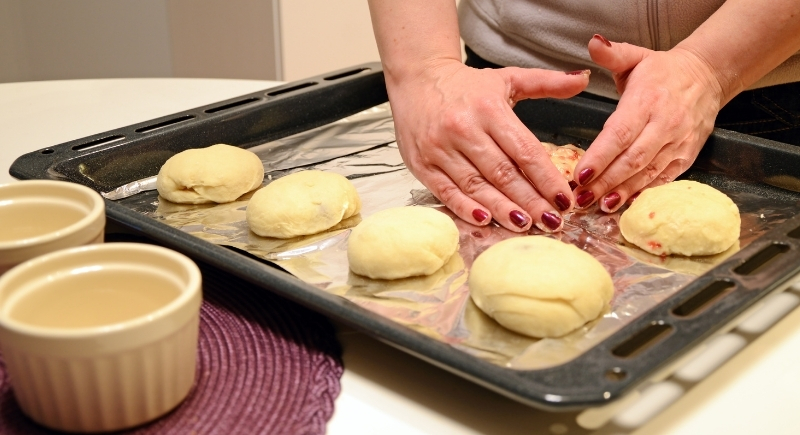
Credit: Getty Images
Yes, Amish kitchens overflow with sticky buns and pies, but some women have carved a niche making gluten-free treats. Adjusting classic recipes for dietary needs isn’t simple, yet the results often taste just as good as the originals. Customers from outside the community are eager to buy them, too.
Teaching in One-Room Schools

Credit: Getty Images
In Amish communities, women are usually the ones who take on the challenge of teaching. A single schoolhouse might hold children of every grade level, from the youngest learning their letters to older students working on fractions. It’s demanding work without the help of technology, but these teachers manage it with steady patience.
Cheese Making at Home
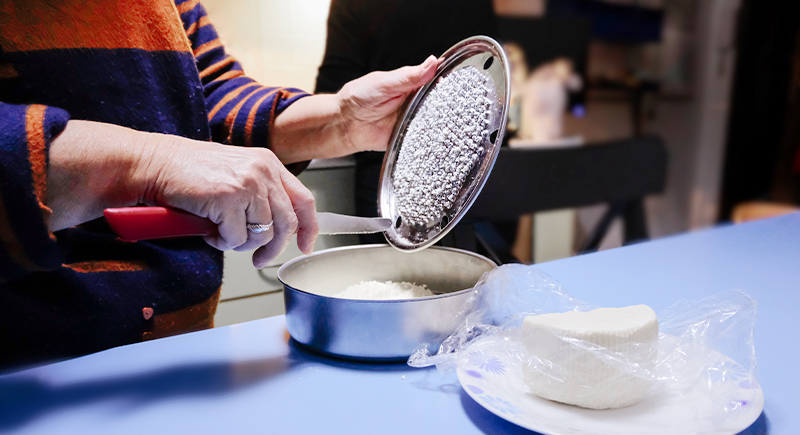
Credit: iStockphoto
A visitor to Amish country might stumble across a roadside stand stacked with blocks of cheese, each one made in a farmhouse kitchen. Behind those simple displays are women who spend hours turning fresh milk into something rich and lasting. The work doesn’t require machines, only skill and patience.
Finishing Fine Furniture
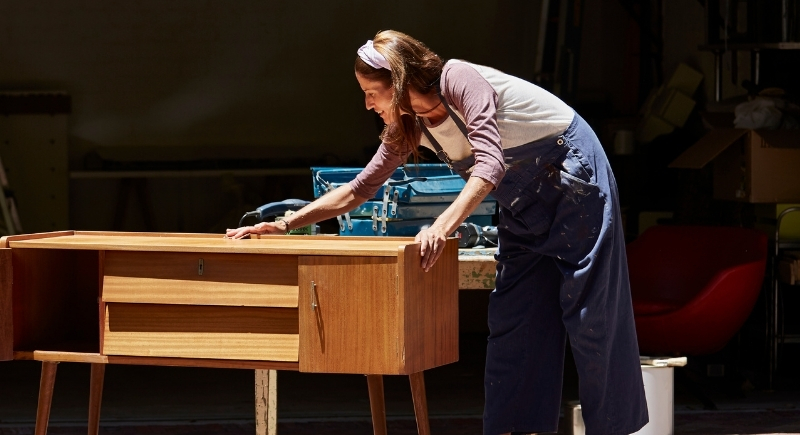
Credit: Getty Images
When an Amish workshop builds a table or cabinet, the last step, which is applying the finish, often falls to women. Shop owners say their careful touch prevents uneven coats or streaks. Though few outsiders would expect women in this part of the trade, their work is crucial. Without it, the famous shine and durability of Amish furniture simply wouldn’t exist in the same way.
Running Shops From Home

Credit: Getty Images
A small sign on a fence may point to a shop tucked behind the house. Inside, women stock fabric, baked goods, or preserves, turning spare rooms into quiet businesses. Neighbors stop in for supplies and conversation, making these shops both practical and social parts of community life.
Quilting and More
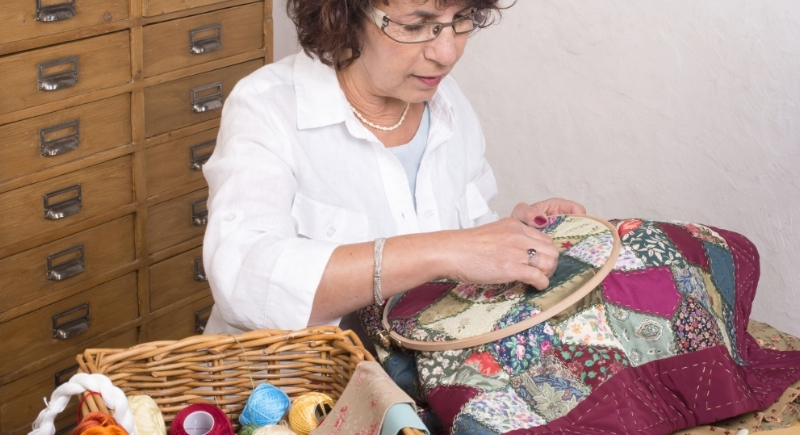
Credit: Getty Images
Quilts still hang as the best-known symbol of Amish craft, but sewing work reaches further. Women piece quilts for visitors, stitch everyday clothing, and take on special orders. In recent years, some even turned to mask-making, showing how a familiar skill adjusts to whatever the moment requires.
Cooking for Auctions
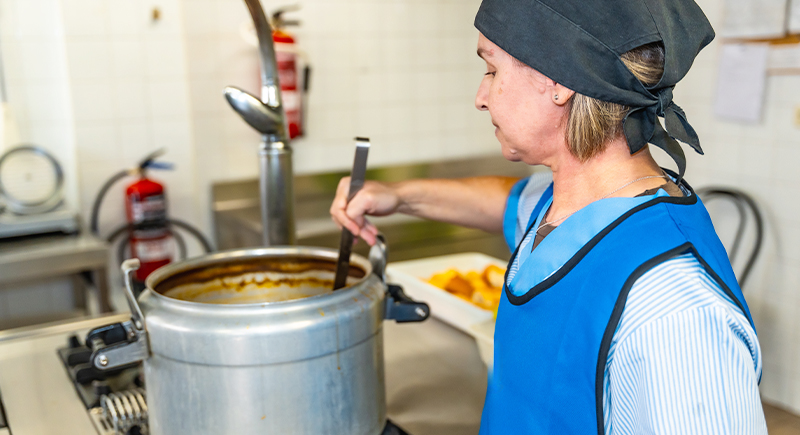
Credit: iStockphoto
At all-day auctions, women handle the food that keeps the crowd going. Chicken dinners, pies, and side dishes come out in bulk from community kitchens, feeding bidders between sales. The meals are part of the event itself, as much a draw as the goods on the block.
Hosting Social Gatherings

Credit: iStockphoto
Not every job is about products. Some Amish women organize events where socializing and sales go hand in hand. These might look like sewing circles that double as marketplaces, or gatherings where goods such as essential oils and home products are introduced. While simple compared to big commercial parties, they serve the same purpose: community bonding and a chance for women to share their work.